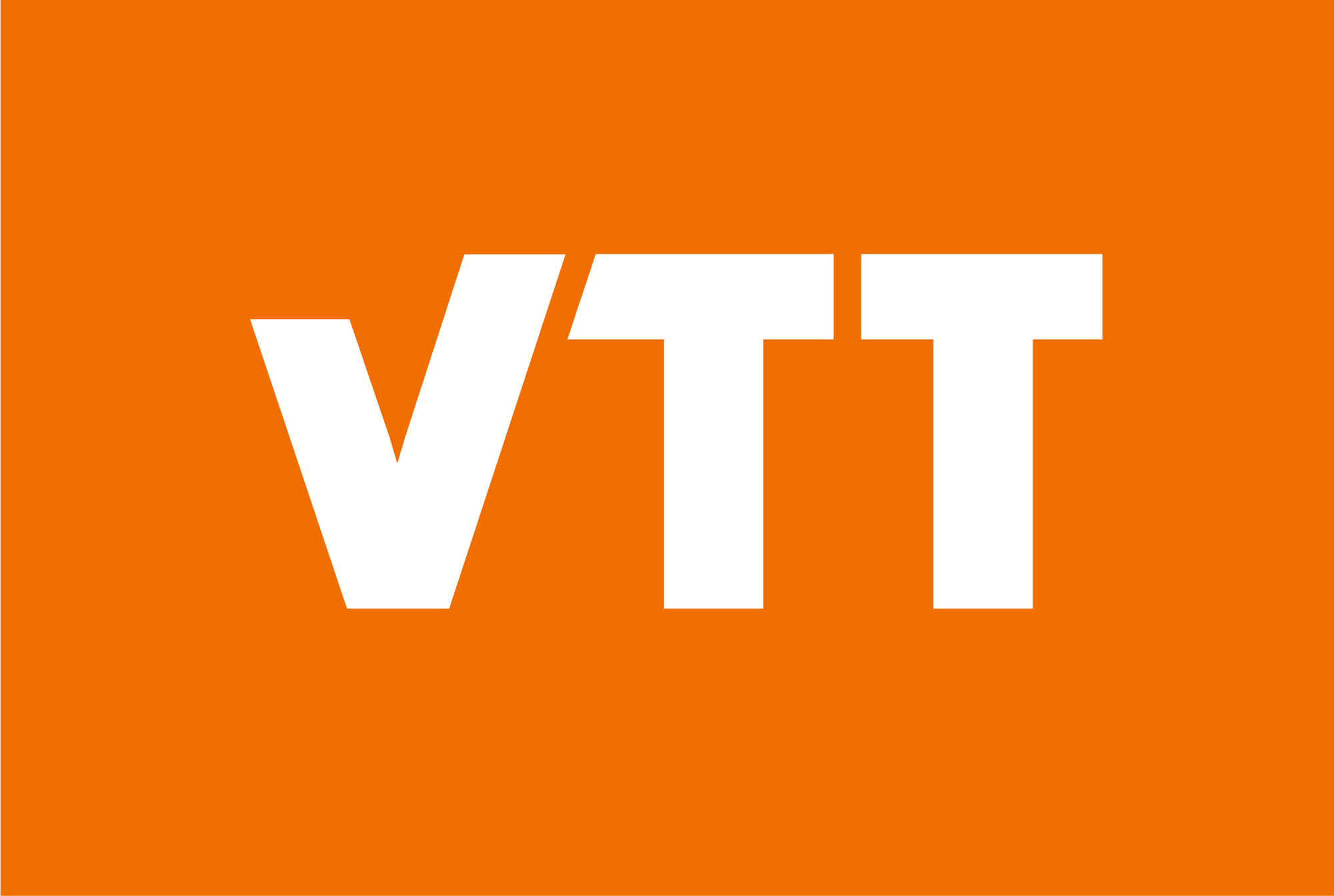Pilot Line - 1
Efficient industrial use of Cellulose NanoFibril
- Application: Consumer goods, Energy & Transport, Packaging
- Development: Nano materials

Current status
Different types of high-quality cellulose nano- and microfibril grades with and without chemo-enzymatic pre-treatments can be produced in the scale ranging from a few grams to ~10kg/day (dry).
Challenge
- Viscous Cellulose NanoFibrils will be functionalised with chemical means in a process step to achieve right performance in supercapasitors.
- High solids Microfibrillated cellulose grade (MFC) is produced with mechano-enzymatic means with less water and energy.
Further development
- For dispersion coatings and printing inks: Cellulose NanoFibrils (CNFs) as very viscous additives are ex- cellent additives but in some special cases need to be functionalised.
- For foam extrusion coatings: microfibrillated grade (MFC) with less water is more compatible with plastics. The homogeneity of MFC fibres are improved (5% of fibres are larger than 200 μm long).
Benefits for companies and SME’s
The pilot line will deliver amounts of CNF large enough for process and product development. Organisations with potential starting materials can also collabo- rate with this pilot line to investigate the suitability of their raw material for CNF production.
Furthermore, the pilot line aims to have a scalable process with a commercially relevant product (with qualities similar to what a commercial supplier would produce) to support decision making for production scale implementation.
State of the art pilot facilities can be used to produce tailored nanocellulose grades based on the end product requirements. Scientific competence, characterization methods and quality control tools will support the tailoring and optimisation work
Pilot line 1: application example
Skeleton technologies – Ultracapacitor cells
SMART LABEL PRINTING
VTT will develop chemically modified CNF to be used for printing inks for Test Case “Smart Label printing”. Due to its homogenous properties nanocellulose can easily be printed on different bio-based substrates.
BIO-BASED BOX
VTT will develop MFC to be used for the Test Case “Bio-based box”. Due to its low water content this nanocellulose can be mixed with bioplastics and processed first to foam beads and then to a reusable bio-based box.
ULTRACAPACITOR CELLS
VTT will develop CNF to be used for coating pastes for Test Case “Supercapacitor”. Due to its homogenous and tuned chemical properties these coating pastes are coated on the substrate to support electrode performance.
BIO-BASED ANTIBACTERIAL SPORTS GOODS
VTT will develop MFC to be used for the Test Case “Sporting goods”. As in the Test Case “Bio-based box” high-consistency or dry nanocellulose can be mixed with bioplastics and processed to sports goods.